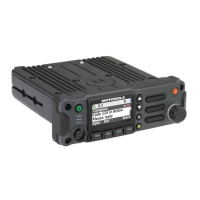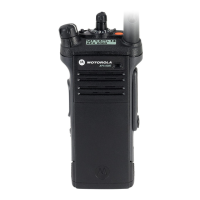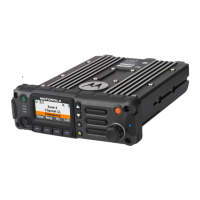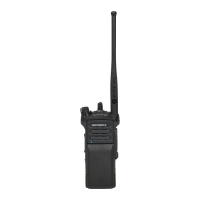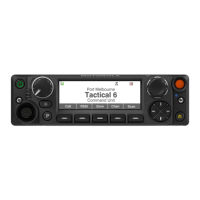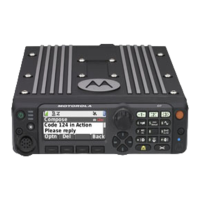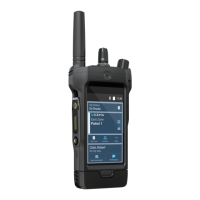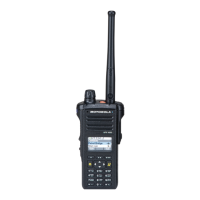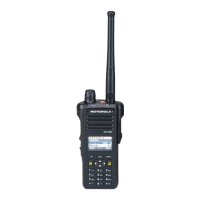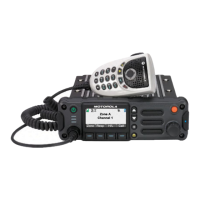Battery
Battery Life
Battery life is determined by several factors. Among the more critical are the regular overcharge of batteries and the
average depth of discharge with each cycle. Typically, the greater the overcharge and the deeper the average discharge,
the fewer cycles a battery will last. For example, a battery which is overcharged and discharged 100% several times a
day, will last fewer cycles than a battery that receives less of an overcharge and is discharged to 50% per day. Further, a
battery which receives minimal overcharging and averages only 25% discharge, will last even longer.
Charging the Battery
Motorola batteries are designed specifically to be used with a Motorola charger and vice-versa. Charging in non-Motorola
equipment may lead to battery damage and void the battery warranty. Motorola-authorized battery chargers may not
charge batteries other than the ones in the user manual. The battery should be at about 77 °F (25 °C) (room
temperature), whenever possible. Charging a cold battery (below 50 ° F [10 °C]) may result in leakage of electrolyte and
ultimately in failure of the battery. Charging a hot battery (above 95 °F [35 °C]) results in reduced discharge capacity,
affecting the performance of the radio. Motorola rapid-rate battery chargers contain a temperature-sensing circuit to
ensure that batteries are charged within the temperature limits stated above.
Battery Charge Status
Your radio can indicate your battery’s charge status through:
• LED and sounds
• Conventional fuel gauge symbol on the display
LED and Sounds
When your battery is low:
• You see the LED flash red when the PTT button is pressed
• You hear a low-battery “chirp” (short, high-pitched tone)
Battery Fuel Gauge Icon
Your radio can indicate the battery’s charge status through:
The LED and sounds.
The fuel gauge icon on the display.
You can also check the battery charge status via the menu entry. See IMPRES™ Battery Annunciator in the user
manual for more information.
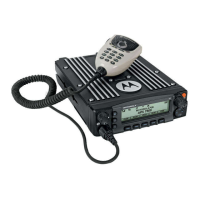
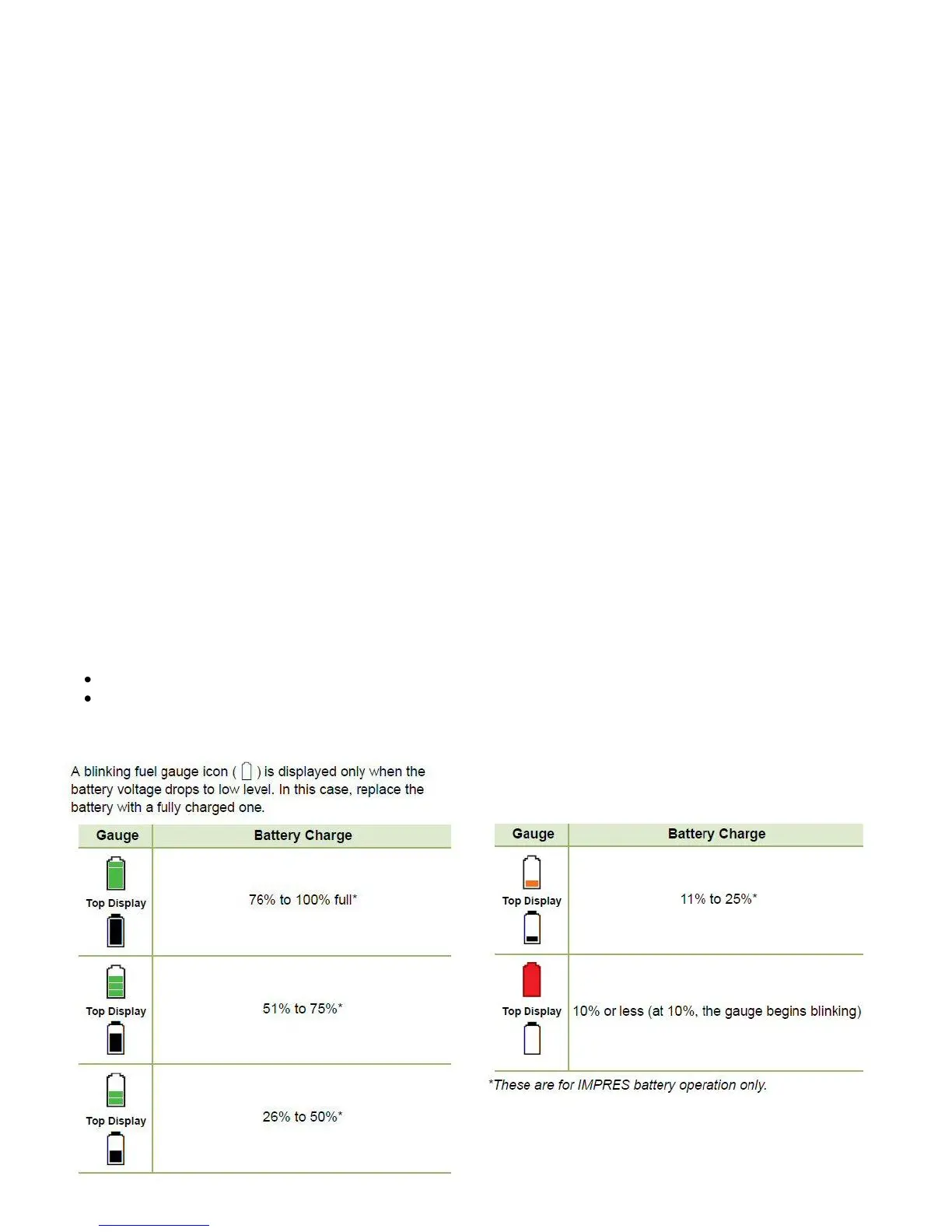